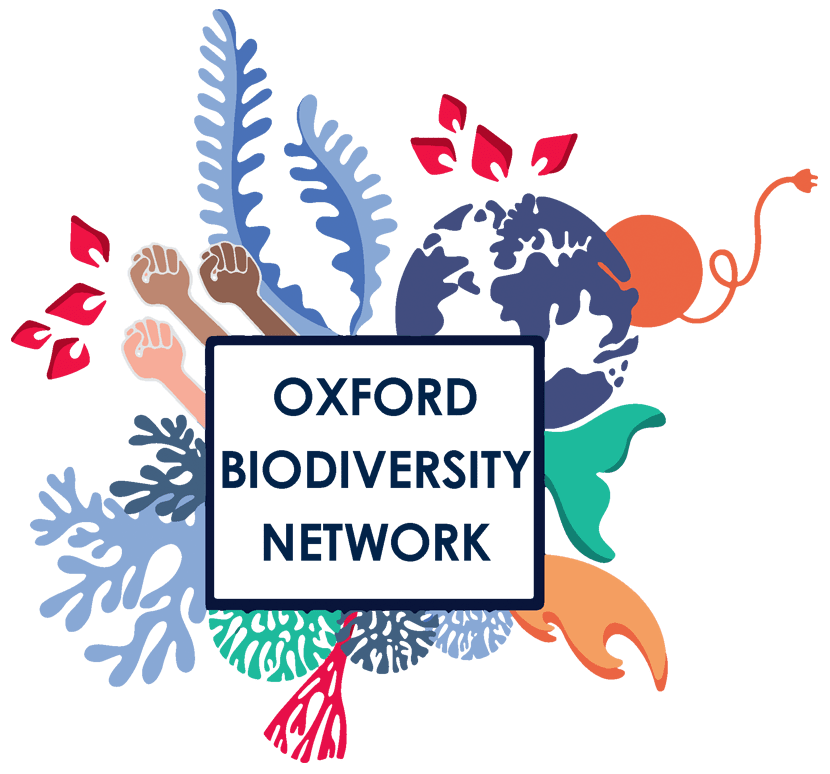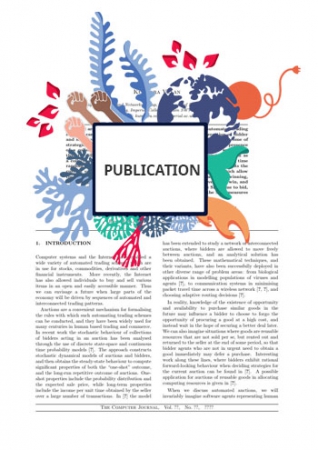Glob2Loc: Predicting global biodiversity trends to identify local conservation actions
This work package focuses on developing and then using a new biodiversity modelling framework named Glob2Loc: projecting global biodiversity trends to identify local conservation actions. Using Glob2Loc, the we aim to assess biodiversity trends from multiple interacting human stressors (e.g. agriculture, climate change, urban expansion, hunting and poaching) under different scenarios of human development.
This is divided into four primary objectives:
- Identify the species and landscapes most likely to experience severe biodiversity declines and the primary stressor(s) behind them
- Assess which species and landscapes have largest capacity to recover their natural ecological function
- Estimate the capacity for policy levers to lead to biodiversity recovery, including the sets of levers with capacity to result in biodiversity net gain
- Conduct case studies in different socioecological contexts, including Malawi (led by Lessah Mandoloma), Oxfordshire (working with the AGILE NERC project series), and other regions
Glob2Loc assesses trends in biodiversity outcomes from multiple anthropogenic stressors and the interactions between them. It does so for each population of each species of terrestrial vertebrates (~30,000 species), with high temporal and spatial resolution whilst accounting for how species can move through human modified landscapes. Focusing on populations as the principle level of biodiversity gives flexibility to communicate outcomes using various metrics embedded in conservation decision-making processes (e.g. IUCN Red List, extinction risk) whilst doing so at the multiple levels of biodiversity (e.g. populations, species, communities, and landscapes), space (e.g. protected areas, landscapes, countries), and time (e.g. annual, decadal) at which conservation decisions are made.
Glob2Loc overcomes limitations of existing biodiversity modelling frameworks that focus on a single stressor to biodiversity (often agricultural expansion) and a specific type of species (often mammals). Yet, different types of species respond to the same stressor in different ways, most species (including 78% of terrestrial vertebrates) are impacted by multiple stressors, and multiple stressors can interact to have a more-than-additive impact on a species. This means current approaches likely underestimate future biodiversity declines and misidentify the populations, species, and landscapes at risk of severe losses.
Throughout the project, we will pay particular attention to integrating with potential end-users in multiple sectors (e.g. conservation organisations, civil society, sustainable finance, agriculture, industry). This includes model co-development to ensure outputs have capacity to inform on-the-ground decision-making. It also includes a series of case studies in Malawi (led by Lessah Mandoloma), Oxfordshire (through collaborations with the AGILE NERC project series), and other regions (working with other WPs in the programme and potential end-users) to assess how Glob2Loc might be applied in regions with different socioecological contexts.
Questions?
For questions, please get in touch with Mike Clark (michael.clark@ndph.ox.ac.uk), Lessah Mandoloma (lessah.mandoloma@jesus.ox.ac.uk) or E.J. Milner-Gulland (ej.milner-gulland@zoo.ox.ac.uk).



